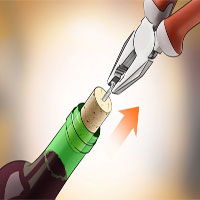A frozen town in Norway banned people from dying on the island to prevent a dangerous disease because bodies never decompose.
Longyearbyen is a town of 2,000 residents who mostly rely on coal mining in Norway’s remote Svalbard archipelago, according to the Sun. It is the northernmost town in the world and is permanently frozen with an average February temperature of -17 degrees Celsius.
Longyearbyen is the northernmost town. (Video: YouTube).
The town government banned death on the island in 1950 when bodies were discovered buried in permafrost beneath the local cemetery that had not decomposed due to the extreme cold , according to Half as Interesting.
This phenomenon poses a serious public health risk because 11 dead people were buried in the town during the 1918 Spanish flu pandemic that claimed the lives of 5% of the world’s population.

The body buried beneath the town cemetery of Longyearbyen did not decompose. (Photo: AFP).
Today, the seriously ill in Longyearbyen are transported inland to spend their last days and buried there. Samples of the Spanish flu virus were taken from several bodies on the island so that researchers could learn to prevent a similar outbreak.
As a rule, residents of the town must carry a rifle with them if they go outside the restricted area because the surrounding area is home to 3,000 polar bears. Cats are banned from the town to protect arctic bird populations. The sun sets on October 25 every year and does not rise above the horizon for the next four months.

